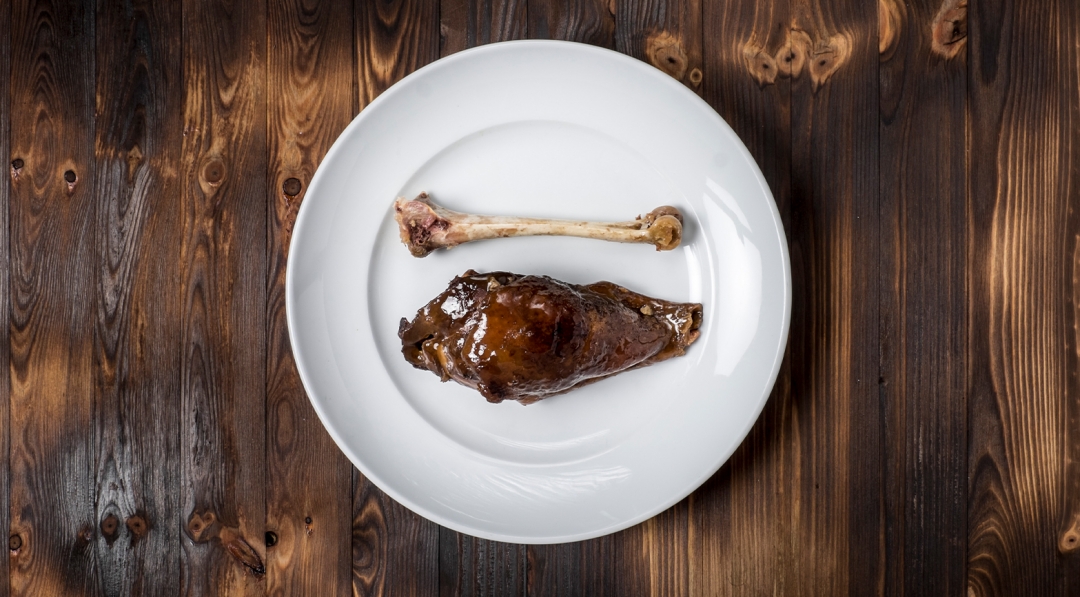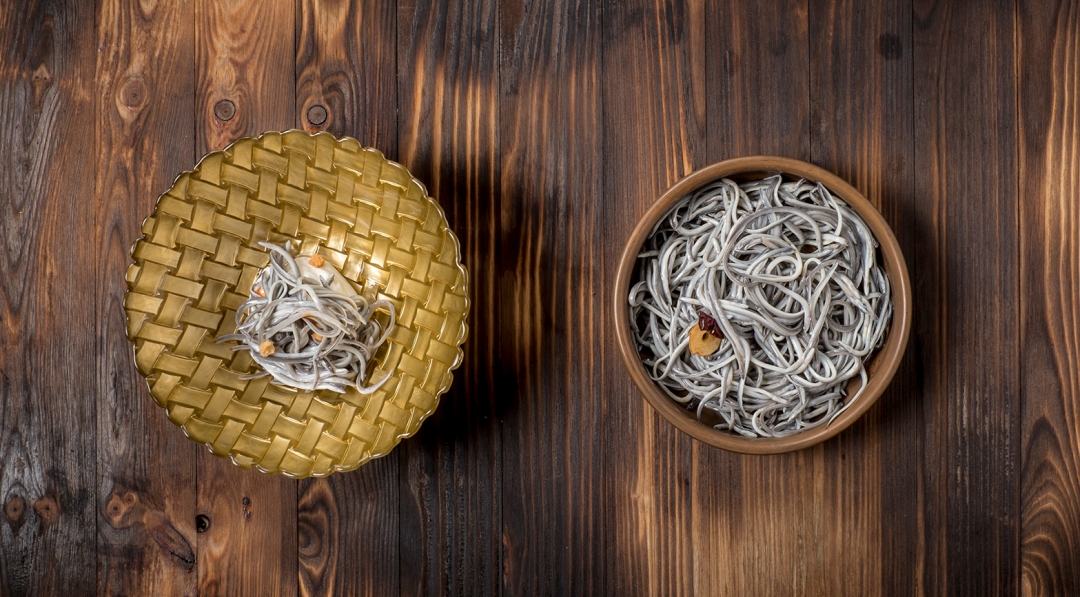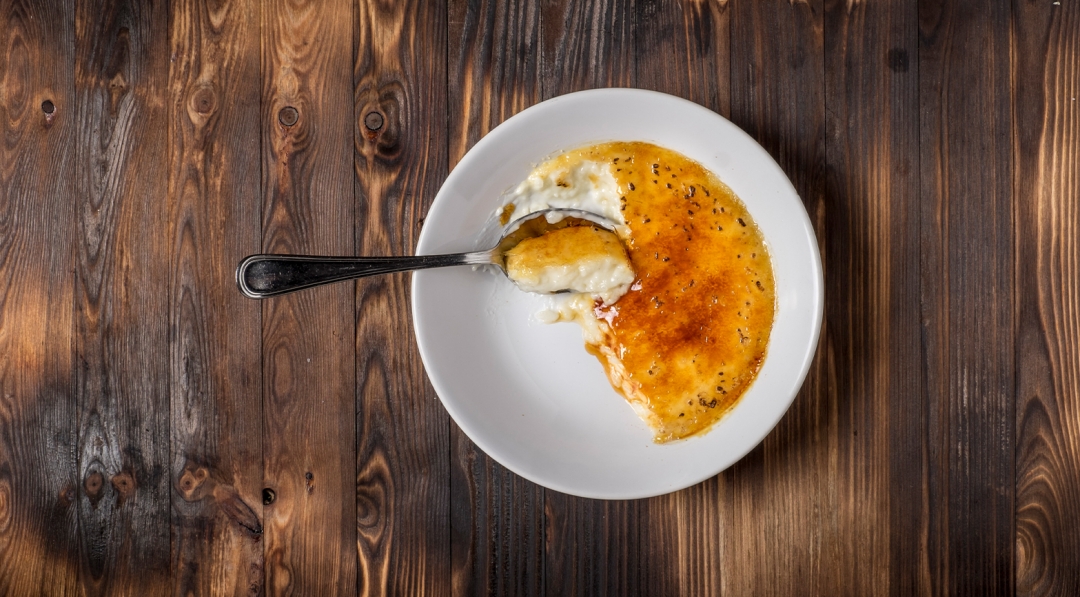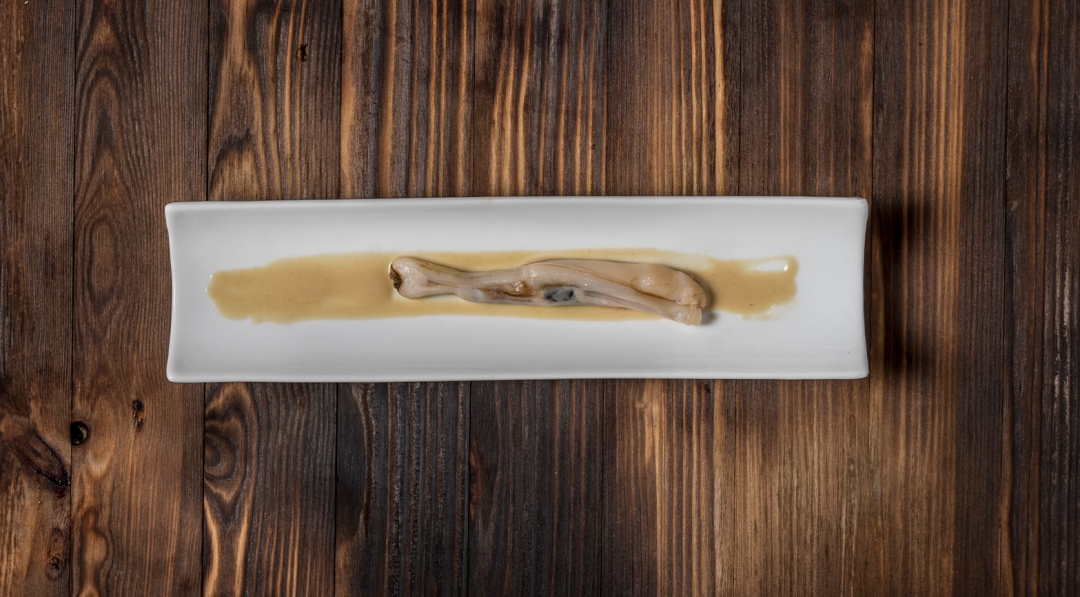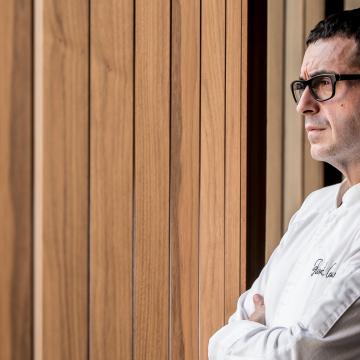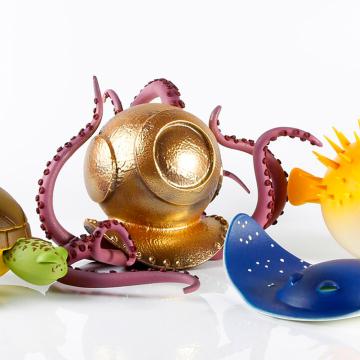Since opening on the 17th of April, Espacio Iberia has welcomed dozens of guests with one thing in common: their infinite talent. Talent that has inspired all the people who have sat there to listen to them.
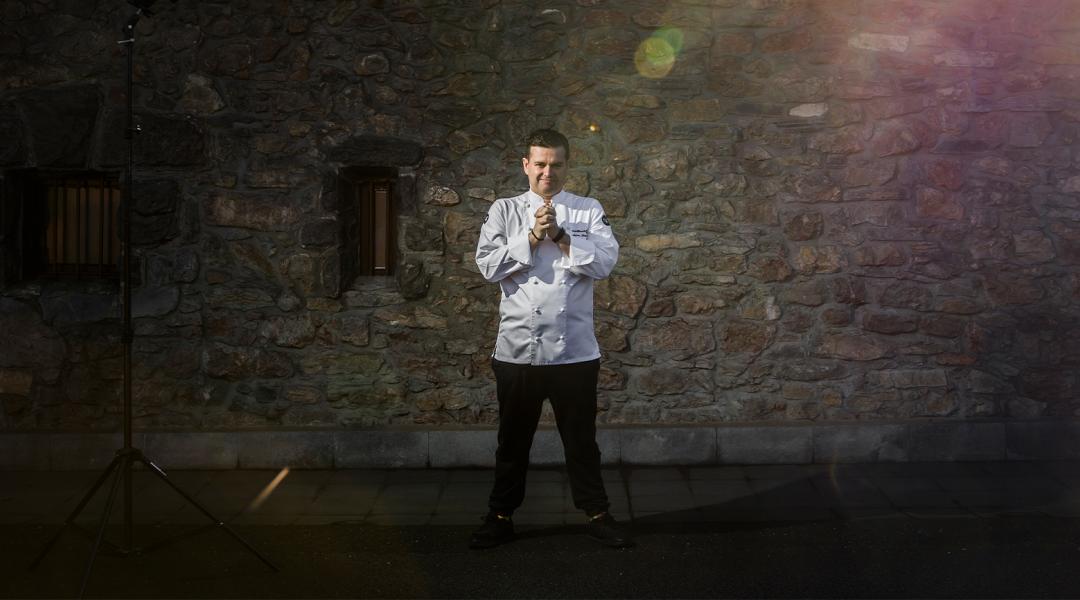
Since 1882, tradition and high cuisine meet on the stoves of Asturian restaurant Casa Gerardo. These days, Marcos Morán is responsible for the menu, alongside his father—a family tradition that goes back five generations, and one that has earned them, among many other achievements, a Michelin star.
Even though he’s had his moments of doubt, Marcos Morán (Asturias, 1979) always knew it was very likely he’d eventually put on an apron and take over the family business. And just like his ancestors from four generations before him, today, the chef is running things in Casa Gerardo’s kitchen, alongside his father.
It’s in that same kitchen where this self-confessed croquette and stew addict elaborates one of the most famous fabada [a rich, originally Asturian, bean stew] in the world—when he’s not out there cooking up international projects showcasing his renowned gastronomic style, where avant-garde and traditional cooking go hand in hand.
What do you think is the key to Casa Gerardo’s success?
The key to any success is to not look for it. Perhaps our forte is that Casa Gerardo is an extension of a family saga and an accumulation of small nuances—like the fact that my grandmother, the third generation, was an excellent cook, or that the restaurant lies by the road in a village in the middle of the Asturian countryside. In fact, we’ve had all kinds of offers to move to some big city but being where we are is part of our success, including the difficulties that come with it.
What word would you use to define Asturian cuisine?
Authentic.
And Spanish cuisine?
It’s complicated. In the last 25 years, Spanish cuisine has become more innovative, famous, and celebrated than ever. But on the other hand, our cuisine, and we as cooks,need to re-examine ourselves. We can’t be self-absorbed and just go on looking at one another, because what we like to show the world is one thing, but our day-to-day running as chefs is something else. At the end of the day, we’re cooks, working all day feeding people. Anything that comes from that is welcome, but our priority should be to cook good food and take care of our customers.
“The most cutting-edge cooking is done in Spain, but we also have one of the most important popular cuisines in the world”
In the past few years, eating in an establishment with a Michelin star like yours is no longer something only the happy few can afford. Would you say high cuisine has finally been popularised?
The most cutting-edge cooking is done in Spain, but we also have one of the most important popular cuisines in the world; two things that rarely go together. At the start of the century, the cooks went a lot faster than the public. High cuisine was not for everyone, but we were lucky a unique person like FerránAdrià emerged and a generation that did some essential preliminary work, which created a favourable atmosphere for people to get into it. I’m talking about chefs such as Arzak, Subijana,my dad, Pedro Morán, Joan Roca, QuiqueDacosta, as well as more contemporary ones like Dani García orÁngel León. However, we were confused by the fact that people from all over the world were coming to our restaurants, and that we were on the covers of international magazines.
Are you saying the gastronomic world in this country wasn’t ready for fame?
Perhaps we didn’t know how to handle it, and our effect on society was different than it should have been. The Spanish kitchen has always been very traditional, until we realised that we were also the best innovators.Nevertheless, one intermediate step was missing: that the general public would learn from gastronomy.
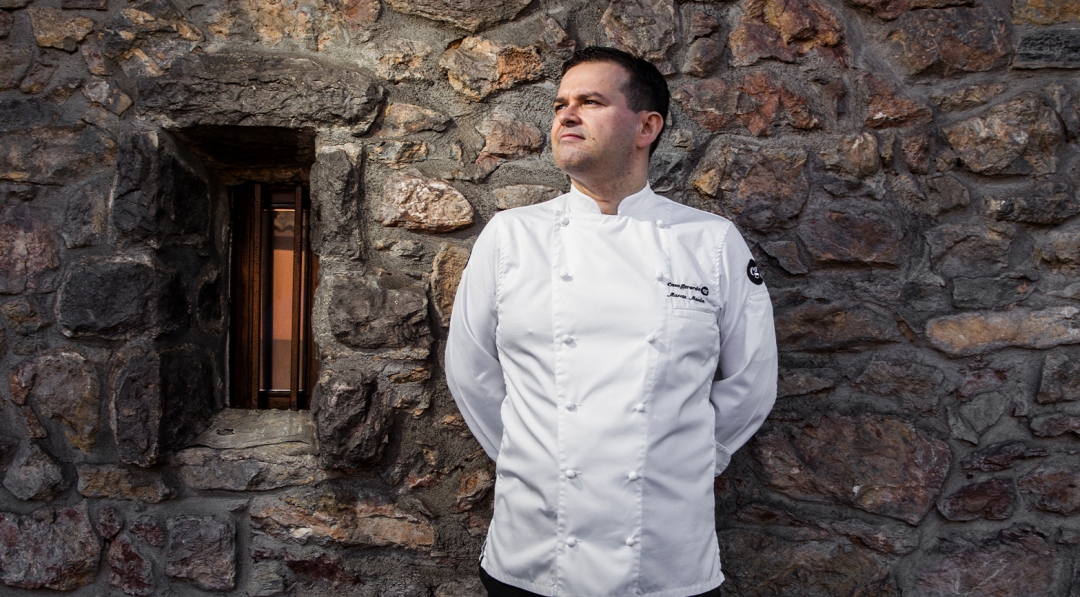
Chef Marcos Morán in front of his restaurant Casa Gerardo. © Courtesy of Marcos Morán
We can find your dishes in two major European cities as well, at Hispania London and Hispania Brussels. Is our food as well-received abroad as we think?
In London we set up one of the most important projects ever outside Spain, with a huge space on a great location, and where we practice modern Spanish cooking rooted in tradition. The one in Brussels is different, smaller, and we can go a bit deeper there. If you’re Spanish and you’re visiting London, you should really drop by, if only to get a beer and have a look around. I’m sure you’ll leave feeling proud and saying: “Quite the scene my people are making here!”
What works best outside our borders?
Our public knows Spain, they like natural and authentic cooking, and they won’t allow us any aberrations. Also, we’ve been extremely traditionalist when it came to explaining the concept. It’s an ethnic restaurant, and our customers are aware of our cuisine. For example, when we opened, we were serving meatballs, but after a few weeks we found out that, to the rest of the world, the meatball is not Spanish but Italian. So, even though it was a popular dish, we took it off the menu, because we didn’t want to give the wrong image. We’re a Spanish restaurant, with a Spanish menu translated to English and not the other way around, and our personnel comes from the Spanish restaurant industry. We offer the same thing as any other restaurant: a place where you can have a business meeting or a family dinner, and where you can get anything from high cuisine to suckling pig.
Suckling pig and fabada are quite far removed from the healthy food movement that has been growing explosively in the last few years. What’s your opinion on this kind of gastronomic developments?
It’s very important to think about one’s health, but let’s not go crazy, either. We ourselves have been pioneers in that aspect with regards to our fabada—within reason, of course (after all, it’s a fabada), but we have managed to adjust it.But we shouldn’t forget people go to restaurants for fun or business. You can’t ruin your cooking and restaurant concept just to be extremely healthy.
Judging from what the W.H.O. says, following a healthy diet free of saturated fats is not just a fad, it’s essential to living better.
What I’m saying is that we’re putting the cart before the horse. Healthy cooking should be promoted in the school lunch rooms, where they should teach children nutrition so that they understand they should eat fruit and vegetables, not out of obligation but because it’s healthy. I don’t understand why there are vending machines in those places—and I’m a consumer of bags of crisps! We need to take this seriously and go straight to the beginning.
What does Marcos Morán eat when he gets home?
Fortunately, my wife also cooks, and at home she’s the one cooking the most elaborate dishes—her cannelloni are amazing! Although I like my dinners on the light side: a salad, or something grilled. And there’s another problem: as I’m used to cooking at the restaurant, I make a bit of a mess in our home kitchen, too, so I always end up being scolded (laughs).
